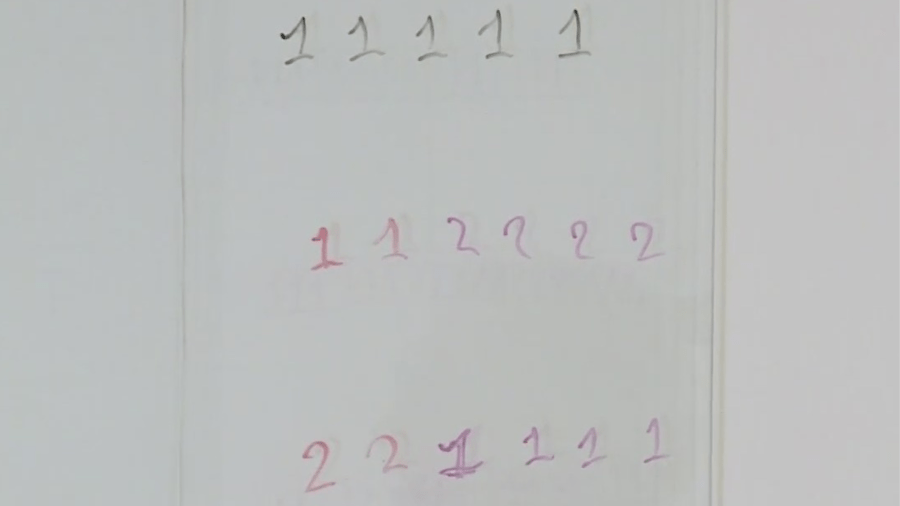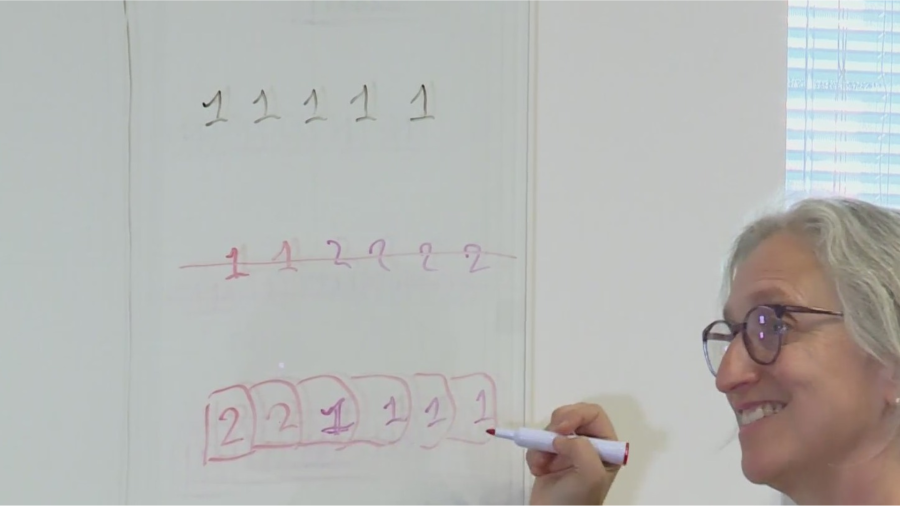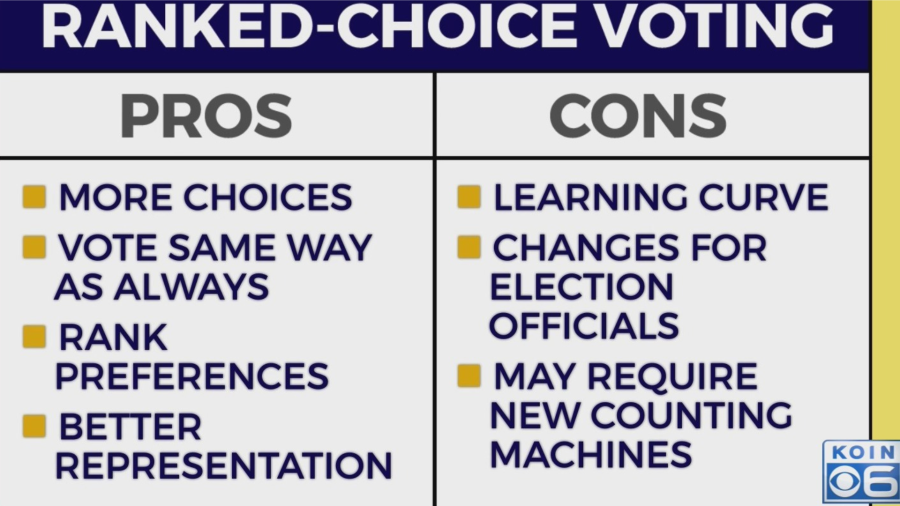PORTLAND, Ore. (KOIN) – This fall, voters will get to decide on a proposal to change Portland’s form of government, which would include 12 city councilors from newly-elected districts through ranked choice voting.
Senior fellow at the Hatfield School of Government at Portland State University, Stephanie Singer, who specializes in data science of elections, told KOIN 6 News, “Ranked choice voting can really change the game for the voters, for the parties, and for the candidates.”
“It’s really natural for people who got elected in the current system not to be as excited about changes to the current system,” she said.
Ranked choice voting is an alternative way for citizens to vote for who they’d like to represent them in office. Ranked choice voting allows voters to rank their preferences, instead of only choosing one representative.

You pick your favorite just like always, but then if you want you can also list your second choice, third choice, fourth choice, and least favorite choice.
After the polls close — all the first place ballots are counted. If that candidate has a true majority, meaning over 50 percent, the election is over and that candidate wins.
However, after the first place votes are counted, if none of the candidates have more than 50 percent — then the candidate that is in last place is automatically eliminated from the race. Voters who had voted for the eliminated candidate will now have their second place candidate counted instead.
Election officials re-run the totals — and they continue on that process, until the election produces a true majority winner.


Singer said the pros of ranked choice voting is that it gives voters more choices. You can vote the same way as always by selecting your favorite candidate only, or you can rank your preferences, which she says leads to better representation because it will always elect the candidate with the broadest appeal to the most number of voters.
“Ranked choice voting does not force anything on the voters, but it gives voters more choices,” Singer said. “So, it lets the voter have their cake and eat it, too.”
Some cons, Singer said, include that it creates a learning curve for voters who want to fully understand how votes are counted, upfront it will require changes for election officials, and may require buying new counting machines.

Portland’s version would have three winners per district race, which makes it more complicated. Meanwhile, Multnomah County is still finalizing their changes. But if the Charter Commission approves it, it would also be on the November ballot.